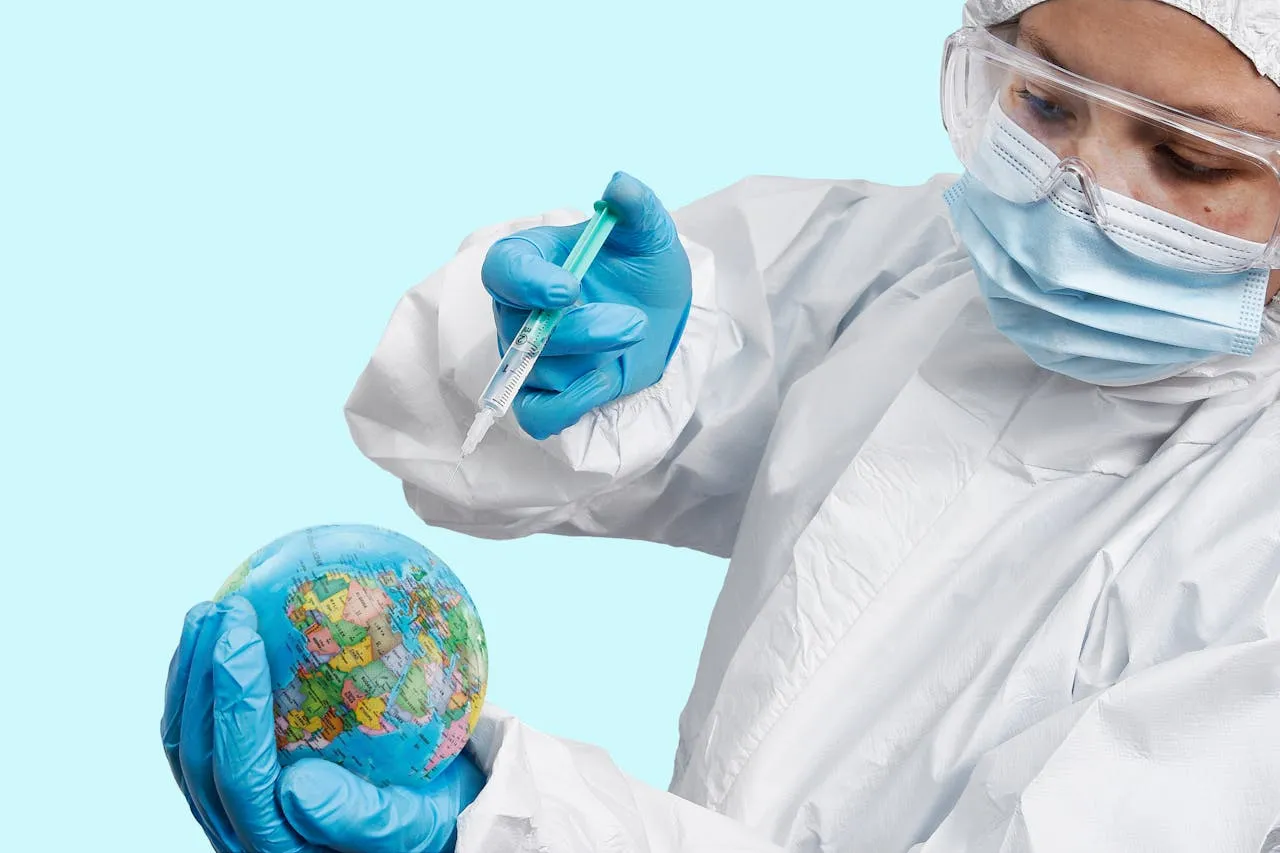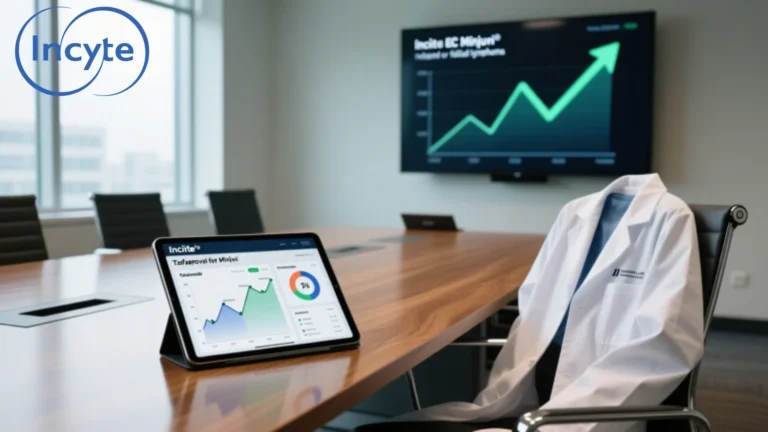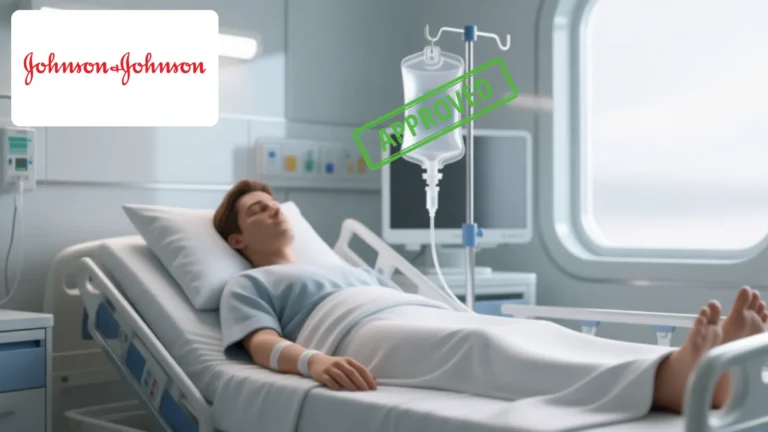
WHO Launches Landmark Guideline to Bridge Global Gaps in Access to Controlled Medicines
In a bold step toward improving global health equity, the World Health Organization (WHO) unveiled a new guideline aimed at helping countries strike a critical balance between enabling access to essential controlled medicines and protecting populations from the risks associated with misuse. Announced through a rapid communication on May 23, 2025, and presented during a high-level side event at the Seventy-eighth World Health Assembly, this comprehensive guideline marks a significant milestone in the international effort to reduce preventable suffering caused by inadequate access to medically necessary but tightly regulated drugs.
Controlled medicines—such as opioids, benzodiazepines, barbiturates, amphetamines, and dissociative anesthetics—are widely recognized for their indispensable role in treating a range of serious health conditions, from acute and chronic pain to mental health disorders, epilepsy, palliative care, and substance use disorders. Despite their critical medical applications, millions of people, especially those in low- and middle-income countries (LMICs), face severe barriers in obtaining these medicines. Overly restrictive national drug control policies, weak healthcare infrastructures, and insufficient training for healthcare workers are among the many reasons access remains so limited.
“The suffering caused by lack of safe, affordable access to controlled medicines is both preventable and unacceptable,” said Dr. Yukiko Nakatani, WHO’s Assistant Director-General for Access to Medicines and Health Products, during her opening remarks at the event. “This guideline is a critical step toward achieving universal health coverage. It enables governments to strike the right balance between access and safety, ensuring that no patient is left behind. This guideline is not just about regulation; it’s about restoring dignity to care.”
An Urgent Need for Equity in Medical Access
The inequity in access to controlled medicines is particularly stark. According to WHO data, more than 80% of the world’s morphine supply is distributed to high-income countries. This disproportionately leaves out vast populations in LMICs—home to millions of patients with terminal cancer, chronic illnesses, and severe pain—who lack even the most basic access to relief. In 2021, it was estimated that 5.5 million terminal cancer patients in these regions died without adequate pain management. Likewise, over 75% of individuals living with epilepsy in LMICs are not receiving the treatment they need.
Despite mounting global awareness of these disparities, progress has been slow. Controlled medicines are often entangled in complex regulatory environments aimed at minimizing misuse and diversion, but these controls can unintentionally become barriers to legitimate access. As a result, countless patients are left to suffer due to policies that prioritize restriction over compassionate care.
A New Policy Framework for Balanced Access and Safety
The new WHO guideline aims to transform this global landscape by offering governments a clear, evidence-based roadmap for designing and implementing national policies that ensure safe, equitable, and affordable access to controlled medicines. The guideline’s recommendations are structured to support both public health and safety, recognizing that effective drug policies must account for medical necessity as well as the potential for harm from non-medical use.
Key components of the guideline include:
- Improved Quantification Methods: Countries are encouraged to ensure accurate forecasting of their controlled medicine needs by using up-to-date consumption data and anticipating future trends in medical demand.
- Ethical Oversight on Marketing: The guideline calls for a ban on unethical and misleading marketing practices that may distort prescriber and public perceptions of controlled medicines.
- Strengthening Supply Chains: A focus on enhancing procurement and distribution systems includes using modern tools and technologies to improve traceability, prevent stockouts, and minimize waste.
- Support for Local Production: Where feasible, countries are urged to enable local manufacturing of controlled medicines to reduce dependency on external suppliers and mitigate supply chain disruptions.
- Continuous Access to Opioid Agonist Treatment (OAT): The guideline promotes sustained access to OAT in all settings where it is clinically indicated, which is especially important in the context of treating opioid dependence and supporting harm reduction strategies.
- Training and Public Education: Robust training for healthcare professionals is highlighted, alongside public awareness campaigns to promote informed, safe use of controlled medications.
Importantly, the guideline stresses the importance of developing clinical recommendations free from commercial interests and advocates for community engagement in policy design. A patient-centered, rights-based approach is at the core of the document, encouraging countries to uphold principles of non-discrimination, equity, and compassion in their healthcare delivery systems.
From Guideline to Implementation
The side event unveiling the new guideline brought together a diverse group of global stakeholders committed to reforming how controlled medicines are governed and accessed worldwide. H.E. Ambassador Christophe Payot, Permanent Representative of Belgium to the United Nations in Geneva, opened the event with a call for intensified global collaboration, emphasizing the need for political will and coordinated action across borders.
“Ensuring access to controlled medicines is a matter of human rights, public health, and global solidarity,” Ambassador Payot stated. Belgium’s co-sponsorship of the event underscored its role as a vocal advocate for responsible and equitable global health policies.
Moderated by Deusdedit Mubangizi, WHO’s Director of Health Products Policy and Standards, the session featured keynote addresses from Dr. Julia Downing and Dr. Afarin Rahimi-Movaghar, who co-chaired the WHO Guideline Development Group. Dr. Downing, a prominent expert in palliative care, underscored the urgent need to translate the new guideline into operational reality, particularly in healthcare settings where pain relief and end-of-life care are routinely neglected. Dr. Rahimi-Movaghar stressed that national policies must integrate scientific evidence with ethical and human rights considerations to achieve lasting impact.
Panelists from various sectors—civil society, oncology, psychiatry, addiction medicine, and pain management—shared real-world stories of suffering and resilience. These testimonies served as powerful reminders that the global access gap is not merely a regulatory problem but a deeply human crisis. Patients in LMICs are too often forced to endure unbearable pain or denied treatment altogether, simply because the systems meant to protect them are failing to meet their needs.
In her concluding remarks, H.E. Ruth Dreifuss, former President of Switzerland and founding member of the Global Commission on Drug Policy, captured the essence of the moment. “If we fail to implement balanced, evidence-based policies for controlled medicines, we are complicit in a preventable tragedy. The tools exist. The science is clear. What we need now is the political will to act.”
Toward Global Health Equity
The release of the rapid communication is only the beginning. WHO plans to publish the full “WHO Guideline on Balanced National Controlled Medicines Policies to Ensure Medical Access and Safety” online in June 2025. This upcoming document will provide expanded technical details to further guide countries in the implementation process.
The new guideline forms part of WHO’s broader strategic vision for equitable access to medicines and health products, aligning with the global push toward universal health coverage and the Sustainable Development Goals (SDGs). It represents a commitment not only to regulate and control but to heal, empower, and uphold the dignity of patients around the world.
As governments begin to assess and update their national frameworks, WHO’s message is clear: access to controlled medicines is a cornerstone of compassionate, effective healthcare. And where suffering can be prevented, inaction is no longer an option.





